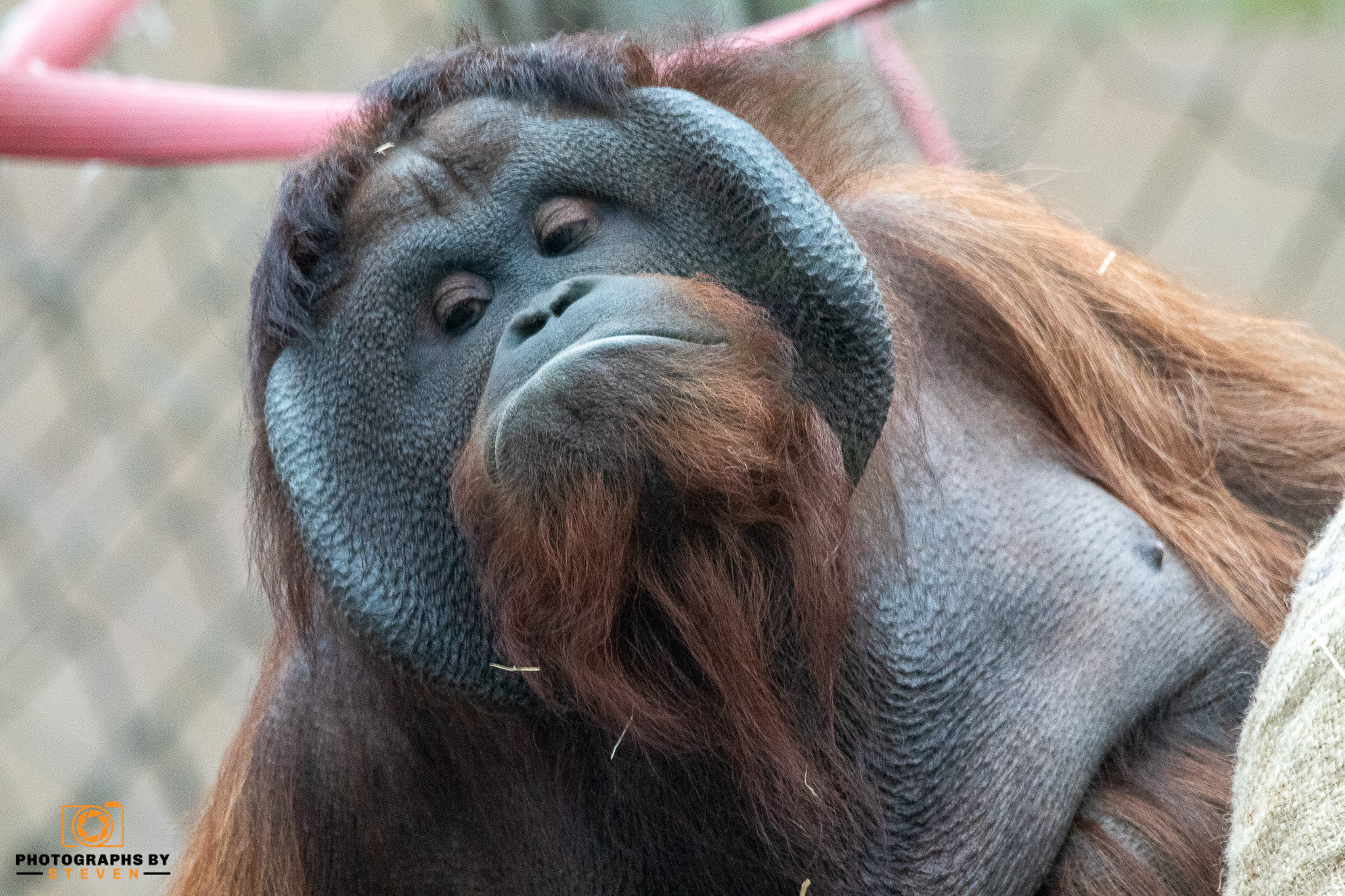The article explores the importance of angles, framing, and lighting in aviation photography. It discusses how different angles convey different emotions and how framing can help tell a story. The article also highlights the importance of safety when taking pictures of aircraft in flight. Angles are critical in aviation photography, as they can significantly alter how a picture looks and feels.
Low angles can make an aircraft appear larger than life, while high angles can showcase the scale and majesty of the surrounding landscape.
Innovating with Angles and Framing in Aviation Photography: The Power of Perspective.
Aviation photography is a unique genre that requires technical expertise and artistic vision to create stunning images of aircraft in flight or on the ground.
One of the critical elements that can elevate aviation photography to the next level is the use of creative angles and framing techniques. By experimenting with different perspectives and compositional techniques, photographers can create images that stand out from the crowd and capture the beauty and power of flight in new and exciting ways.
Equipment and Techniques of Aviation Photography
Aviation photography can be a challenging and rewarding genre of photography. To capture stunning images of aircraft, photographers need specialized equipment and techniques. Here are some of the essential equipment and techniques used in aviation photography:
Equipment:
1. Camera: A high-quality camera is essential for aviation photography. A camera with a fast autofocus system and a high frame rate is handy for capturing fast-moving aircraft.
2. Lens: A telephoto lens with a long focal length is ideal for aviation photography as it allows you to zoom in and capture close-up shots of the aircraft. A lens with image stabilization is also helpful for reducing camera shake and getting sharp images.
Techniques:
1. Panning: Planning involves tracking the movement of the aircraft with the camera and using a slower shutter speed to capture motion blur. This technique can create a sense of speed and dynamism in your images.
2. Pre-focusing: Pre-focusing involves focusing the camera on a specific point in space where the aircraft will be passing rather than relying on autofocus. The technique can help ensure you capture a sharp image of the aircraft.
Creative Angles
Try out different camera angles—it's one of the best methods to give your aviation photos more depth and interest. Consider getting low to the ground to catch a dramatic upward angle of a plane taking off or landing rather than always shooting at eye level.
It can create a sense of motion and power that is difficult to achieve with more traditional perspectives.
Another effective technique is to shoot from a high vantage point, such as the top of a nearby building or hill. It can create a unique bird's eye view of the aircraft, giving the viewer a new perspective on its size and shape. Aerial shots taken from a helicopter or small plane can also provide a stunning view of the aircraft in flight, with the clouds and landscape in the background adding a sense of scale and drama to the image.
Framing Techniques
In addition to creative angles, framing techniques can be crucial in aviation photography. Photographers can create images that tell a story or convey a particular mood or emotion by carefully selecting the elements that will be included in the frame.
One effective framing technique is to use the surrounding environment to provide context and contrast for the aircraft. For example, shooting a fighter jet against a clear blue sky can create a sense of speed and agility, while capturing a commercial airliner against a busy airport terminal can convey a sense of travel and excitement.
Another effective framing technique is to use negative space to draw attention to the aircraft. By leaving a significant portion of the frame empty, the viewer's eye is drawn to the subject, creating a sense of focus and emphasis. It can be particularly effective when shooting a lone aircraft against a vast, open sky, creating a sense of isolation and majesty.
Composition Tips
In addition to angles and framing, several compositional techniques can help to create striking aviation photos. The rule of thirds, which recommends that the photographer's subject be positioned at one of the intersections of an illogical grid that divides the frame into thirds, is one of the most crucial.
It can create a more dynamic and balanced composition, drawing the viewer's eye to the essential elements of the image.
Another essential technique is paying attention to the image's lines and shapes. For example, the lines of the aircraft's wings or fuselage can create a sense of movement and direction, while the curves and shapes of the clouds or landscape can add visual interest and contrast.
Finally, it is essential to consider the impact of light and color on the image. Shooting during the golden hours of sunrise or sunset can create a warm, glowing effect on the aircraft and surroundings while capturing the harsh light of midday can create a more dramatic and intense image. Similarly, paying attention to the image's color palette can help create a mood or emotion, with warm, earthy tones conveying a sense of calm and serenity, while bold, bright colors can create a sense of energy and excitement.
Conclusion
Aviation photography is a challenging and rewarding genre that requires a combination of technical skill and creative vision. By experimenting with different angles, framing techniques, and compositional elements, photographers can create images that capture the beauty and power of flight in new and exciting ways. Whether shooting from a high vantage point, using negative space to draw attention to the subject, or paying careful attention to the impact of light and color, there



Leave me a comment
Thank you for reading my post, if you want to leave a comment, you can do so below.